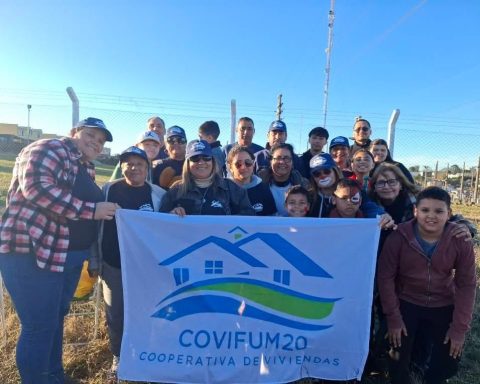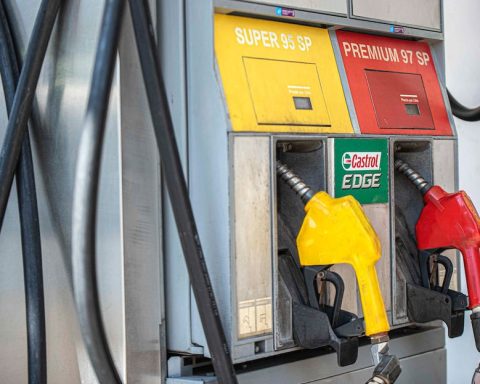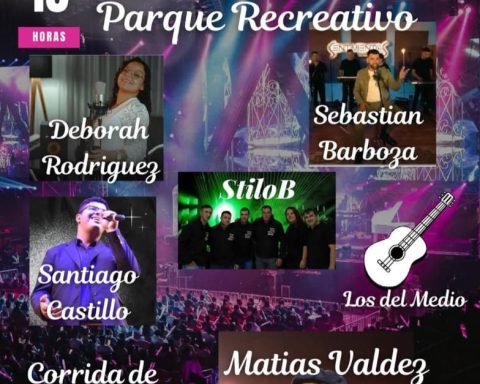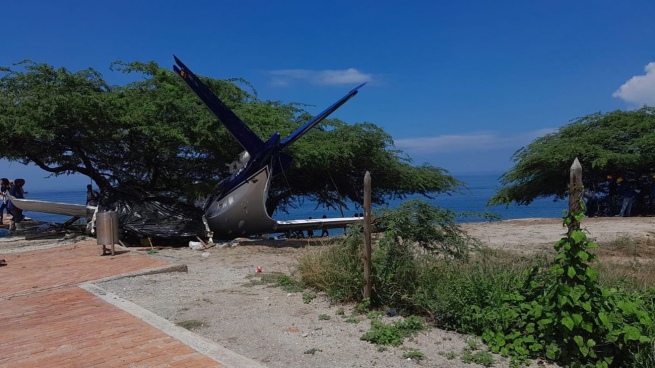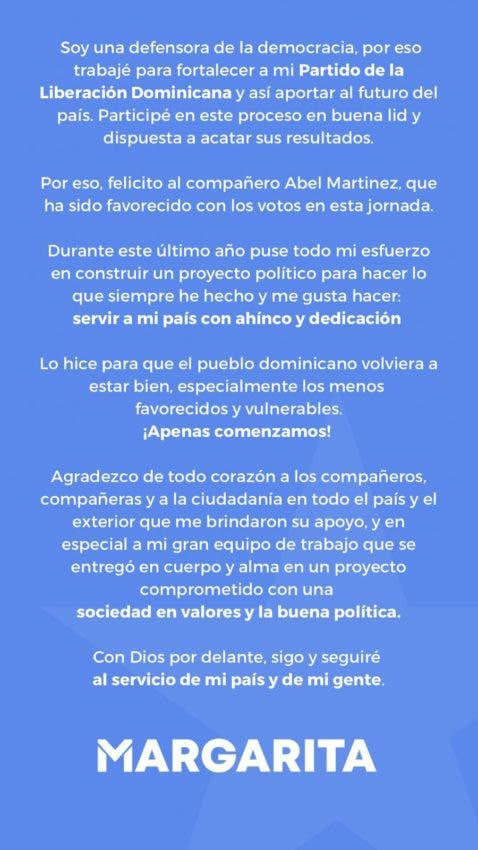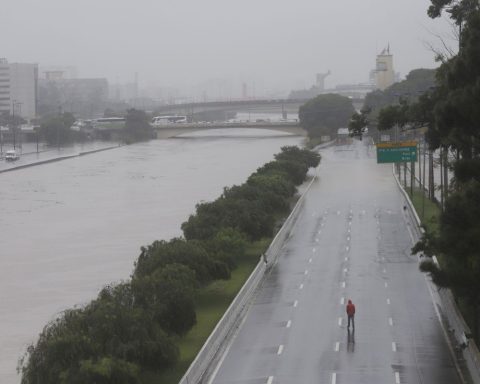Theme restaurants, free drinks, huge pools surrounded by beaches with turquoise water and white sand. It could be a description of paradise, but it is only an option that many Uruguayans take when thinking about their vacations outside the country.
“We see a consolidation of the all-inclusive model that had been growing until 2020 and that, in the context of the pandemic, retracted in the face of a very complex health scenario and the drop in services offered within those hotels due to lack of public,” he described in dialogue with Café & Negocios the CEO of TocTocViajes, Andrés Gil.
In his vision, many operators took advantage of this impasse to remodel or update their facilities and also rethink their attractions to improve the customer experience. Today the shows and entertainment they offer are already at optimal levels, in terms of quality, in most establishments and health, thanks to the protocols implemented by the large chains, it is no longer a problem.
The most sought-after all-inclusive destinations are always those in the Caribbean, led by those located in the Dominican Republic and the entire Riviera Maya, in Mexico, those in Aruba, Curacao and Jamaica and, a short distance away, those in the Brazilian northeast. . But there are also proposals for hotels with this system in the Mediterranean and more exotic destinations and “there are even hotel options with All Inclusive in the snow”, Gil highlighted.
As far as prices are concerned, hotels have made great efforts to maintain their prices, and are releasing promotions “which makes it a highly competitive alternative,” says Gil.
For the president of the Uruguayan Association of Travel Agencies (Audavi), Carlos Pera, All-inclusives are a product that is “very much desired” by Uruguayans who are attracted by proposals that imply complete rest and no worries. They are “one of his favorite destinations,” Pera said, referring to those proposals from the Caribbean that are sold, almost entirely, in this all-inclusive modality.
This feeling of having “everything solved” permeated some products that were not previously all-inclusive, such as cruises that, historically, did not include drinks and have migrated towards that model over time.
In the past, travel agencies also offered the alternative of the “European plan” in the same all-inclusive resorts, which included only accommodation. This modality was not chosen by the Uruguayans, so the travel agencies chose to prioritize the all-inclusive regime and remove the European plan from the menu, as described by Pera.
Although the owner of Audavi agrees that there are interesting promotions for this type of destination, he does not hesitate to state that it is not the ideal time to acquire them as it was a year ago. “At that time, packages with air and accommodation were obtained under this modality at US$799, today that no longer exists, they are between US$1,200 or US$1,300 and US$2,000,” he said.. The price difference responds to the category of all inclusive. In this regard, Pera said that those with a higher level offer, for example, international drinks and recognized brands, while the standard ones only have local drinks on their menu.
According to Fernando Riva, general manager of HiperViajes, the all inclusive are between 30% and 50% more expensive than before the pandemic. “All destinations have risen, not just the all-inclusive ones,” he stressed, noting that it is due to the increase in prices of both airfare and accommodation.
In his vision, this regime maintains the level of sales that it had before the pandemic, especially in those that are for the middle class, not luxury, and, among them, he pointed out that “the sale of Brazil increased” as the destination chosen for enjoy all inclusive.


